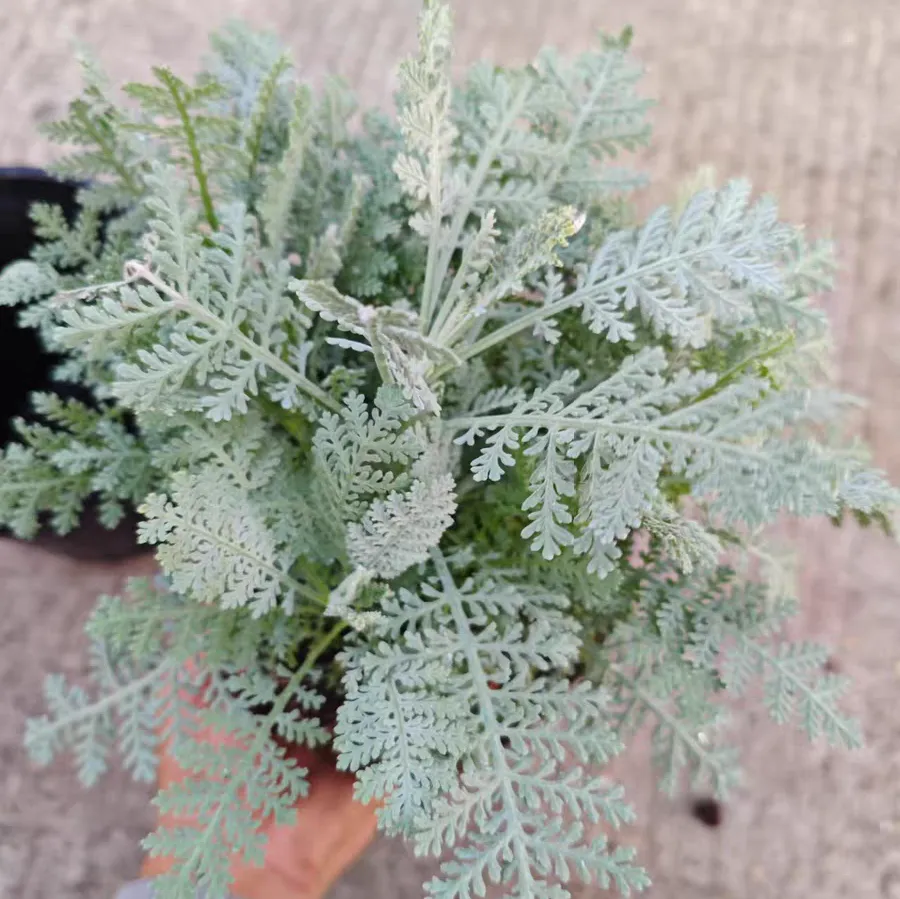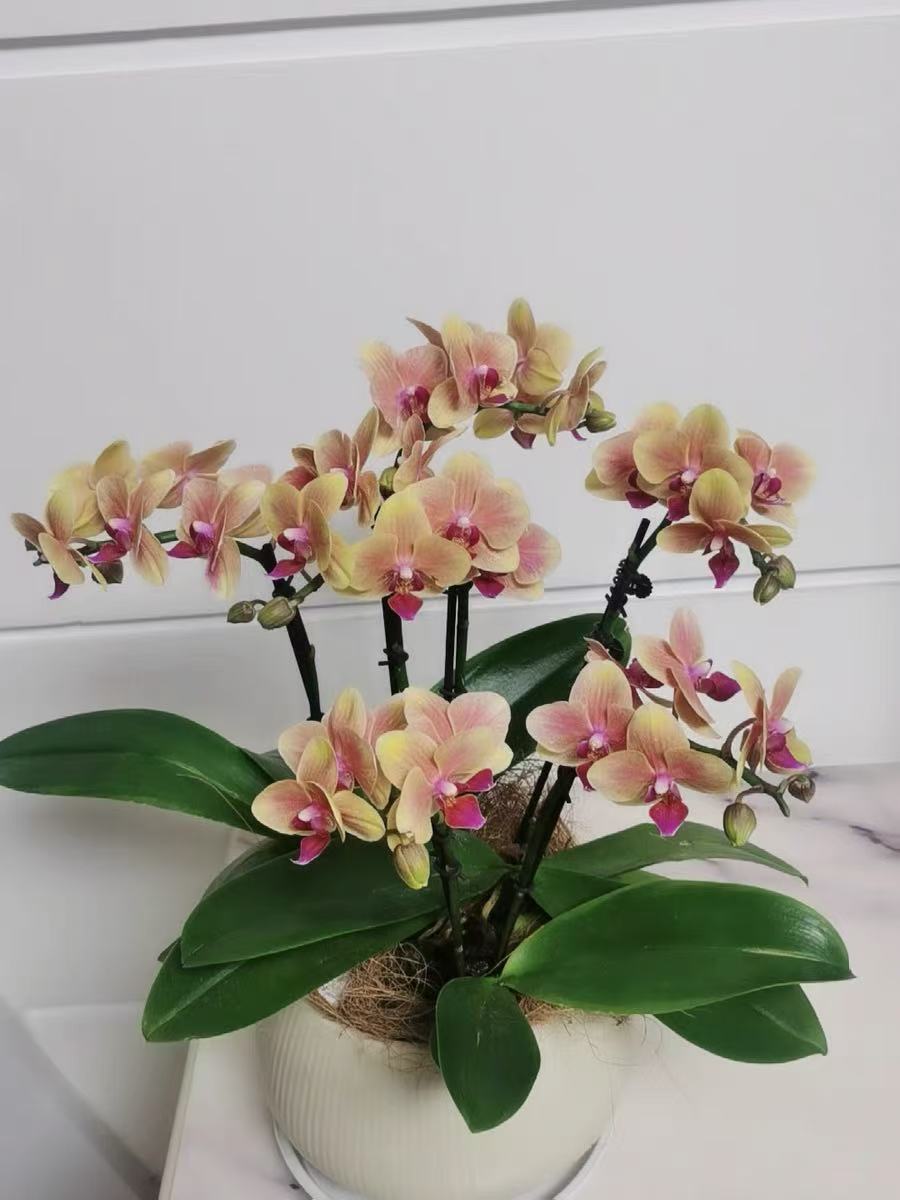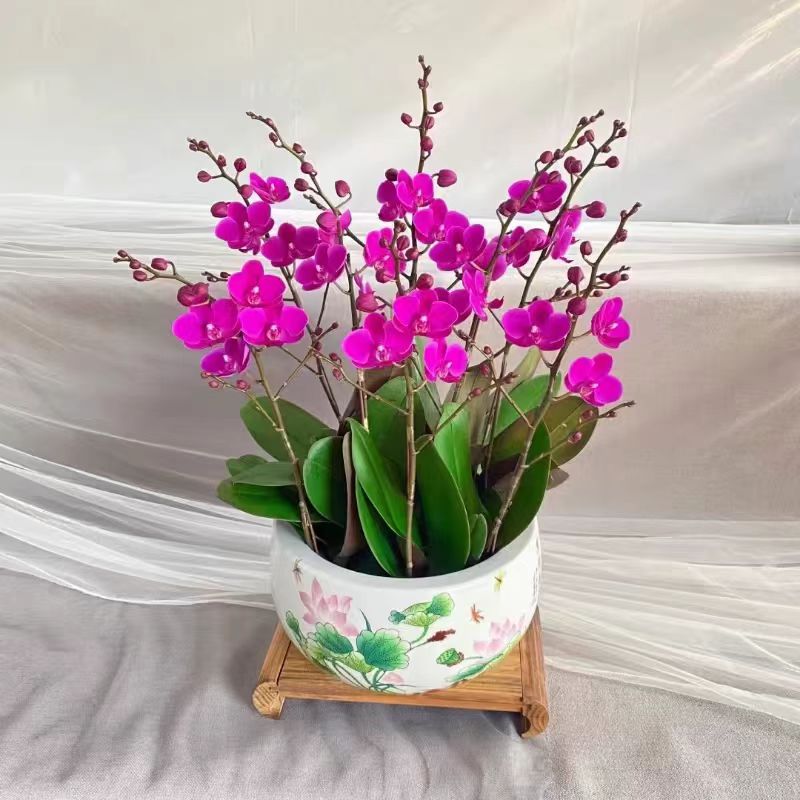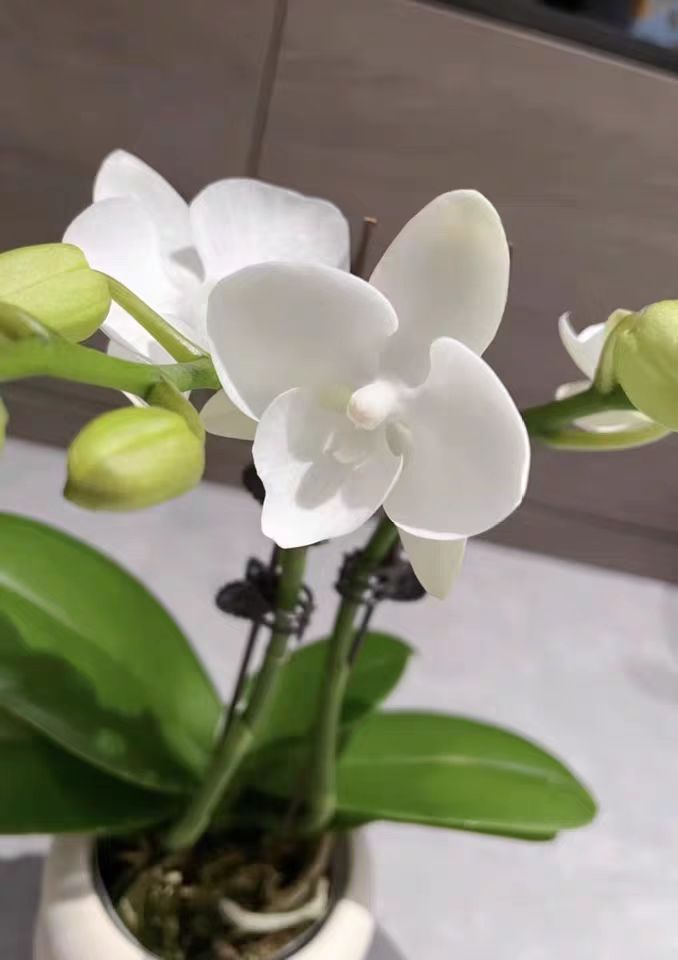Today, I'd like to introduce a very distinctive plant to you - Silver Ragwort (Senecio cineraria)!
As its name suggests, the most eye-catching feature of the Silver Ragwort is its silver-gray leaves. The surface of the leaves seems to be covered with a layer of fine fluff, shining with a silvery light in the sunlight, giving it an elegant and luxurious look that is breathtakingly beautiful. The small yellow flower balls look even more fresh and refined against the backdrop of the silver leaves. Its flowering period is generally from June to September.
In terms of cold tolerance, the Silver Ragwort shows remarkable strength. It can withstand low temperatures as low as around minus 5 degrees Celsius. However, during the severe winter, we still need to give it some extra care, such as laying hay or plastic film around the plant to help it survive the winter safely.
Compared with Crossostephium chinense, both plants have their own merits, and there are also slight differences in the difficulty of maintenance. Crossostephium chinense is more heat-tolerant and can thrive even in the sweltering summers in the southern regions, but it has relatively high requirements for light. Insufficient light may cause its leaves to lose their original emerald green color and affect its ornamental value. On the other hand, the Silver Ragwort stands out for its excellent cold tolerance and wide adaptability to light. It can maintain a good growth state even in a semi-shaded environment. Therefore, in the northern regions, the Silver Ragwort may be easier to maintain; while in the southern regions with abundant sunlight, Crossostephium chinense can also handle it easily. Which plant to choose depends on the regional environment and personal maintenance conditions.
When it comes to the daily maintenance of the Silver Ragwort, the following points should be kept firmly in mind:
**Light**: The Silver Ragwort loves bright sunlight and can also adapt to a certain degree of semi-shaded environment. It is recommended to place it in a sunny but not overly exposed location, such as the east or west balcony, to ensure that it can receive 4 to 6 hours of light every day. In this way, its leaves will be more compact and the silver color will be more dazzling.
**Watering**: The Silver Ragwort is drought-tolerant but afraid of waterlogging. When watering, it is necessary to follow the principle of "watering when the soil is dry and stopping when it's wet". Insert your finger about 3 to 5 centimeters into the soil. If it feels dry, you can water it until the soil is moist but without water accumulation. In spring and autumn, it is advisable to water it about once every 3 to 5 days. In summer, due to the fast evaporation of water, the watering interval can be shortened to once every 2 to 3 days. In winter, it should be reduced to once every 1 to 2 weeks.
**Fertilization**: During the growing season, you can apply a thin compound fertilizer to the Silver Ragwort once every 1 to 2 months to provide sufficient nutrients for its growth. Remember to apply thin fertilizers frequently and avoid using concentrated fertilizers that may damage the roots. Before the flowering period, you can increase the application of phosphorus and potassium fertilizers such as potassium dihydrogen phosphate to promote flower bud differentiation and make the flowers more gorgeous.
**Pruning**: During the growth process of the Silver Ragwort, if you find dead branches, yellow leaves or overly dense branches, you should prune them in a timely manner. This can not only maintain the beautiful appearance of the plant but also improve the ventilation and light transmission conditions and promote the healthy growth of the plant.
How cold-tolerant is the Silver Ragwort (Senecio cineraria)?

Share with
Tagged in :




Leave a Reply